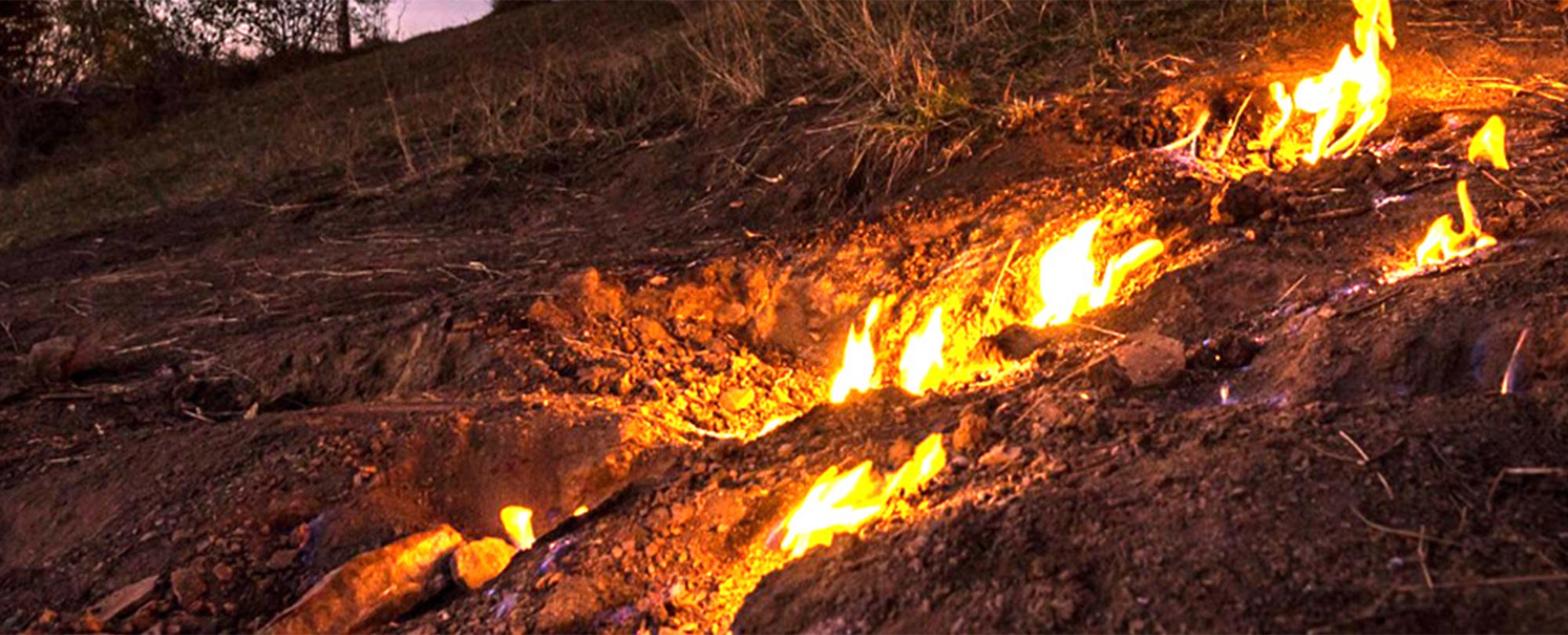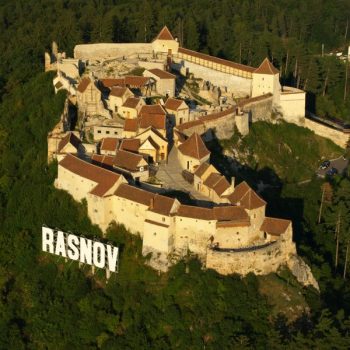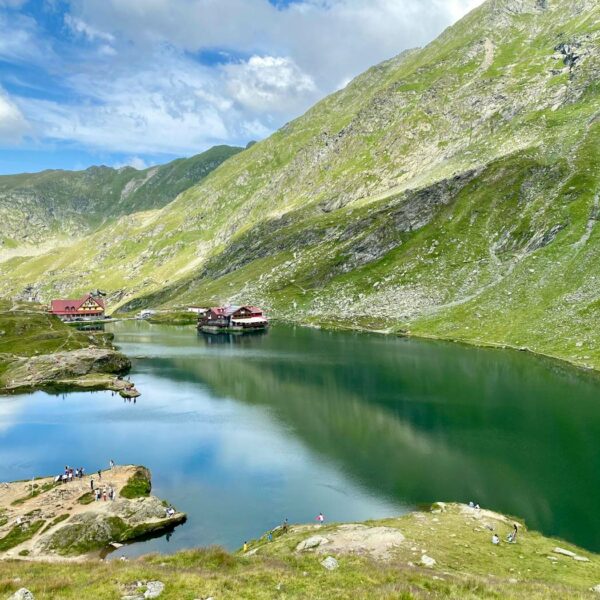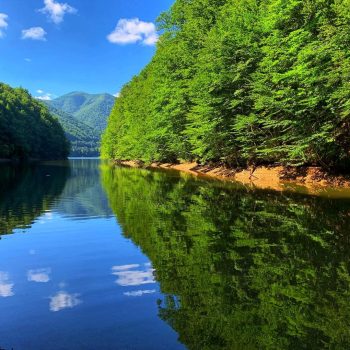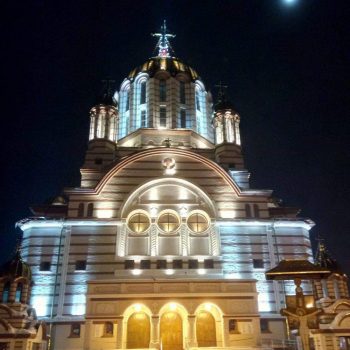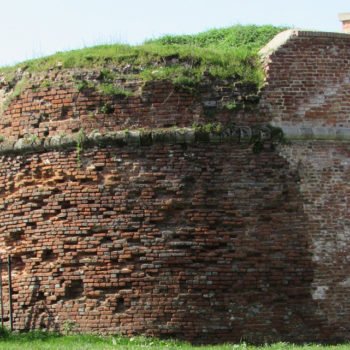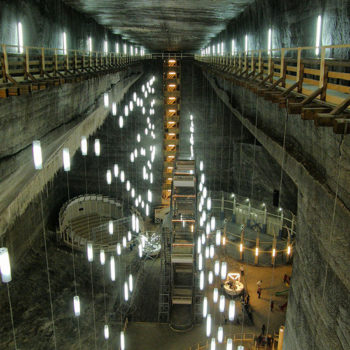Brief description: Buzău County can boast of many beautiful things that attract tourists year after year from all corners of the country and even from abroad. Here we can see the spectacular Berca Mud Volcanoes and the so-called “Live Fires”, natural phenomena that can only be admired in Asia, Turkey, Australia and the United States.
County: Buzău
More detailsHistory
In Romania, these natural phenomena can be found in the Transylvania Basin and inside the Carpathian Arch, but the “live” fires that burn like torches can be admired in Buzău, Lopătari commune and in Vrancea County, Andreiasu commune.
The live fires from Lopătari, the city of Buzau
The natural phenomenon is found near the village of Terca in Buzău, almost 60 km from the city of Buzău, somewhere on a hill on the left bank of Slanic, at an altitude of 840 m. Lopătari can be reached on the E85 going from Mărăcineni towards Sapoca, under the bridge that crosses the Buzău river, then going up the Slanicului Valley on the route Beceni – Vintilă-Vodă – Manzalesti – Lopătari – Terca. The road is asphalted until Lopătari commune, but after that, in order to reach the “live fires”, you have to enter a forest road (about 7 km long).
The live fires from Andreiasu, the city of Focșani
At Andreiasu de Jos, in Vrancea county, there is the largest field of live fires, both in terms of the surface on which these are spread (12 hectares) and the gas flow from the underground of the Vrancea mountains (50 tons per year ).In 1973, a geological reserve was even established at Andreiasu de Jos, and the “Living Fire” was declared a protected area of national interest (mixed nature reserve). The fires at Andreiasu are fueled by methane gas from the soil, but also by gases such as carbon dioxide, nitrogen and helium. They are about 50 cm high, but the locals say that during earthquakes (because the region is seismic) they even exceed 2 meters high. That those from Buzău county are more spectacular on the inside, when the colors of the flames create a magical atmosphere.
The age of these live fires is not known, but research shows that they are the result of volcanic eruptions. These spontaneously combusting gases do not rise to the surface in the same place, but change as old vents close and new ones open.
Historic
The phenomenon of live fires is similar to that of mud volcanoes and is formed due to natural gases emanating from the earth, which ignite by themselves after the process of friction with the ground, but also due to the sun’s rays which burn continuously. We can’t talk about campfires, but about some whose diameters vary between 20 centimetres and one meter, they still go out due to rain or the pressure of natural gases inside, but they re-ignite. This is where the name “live fires” comes from, because they burn continuously, even in winter.


